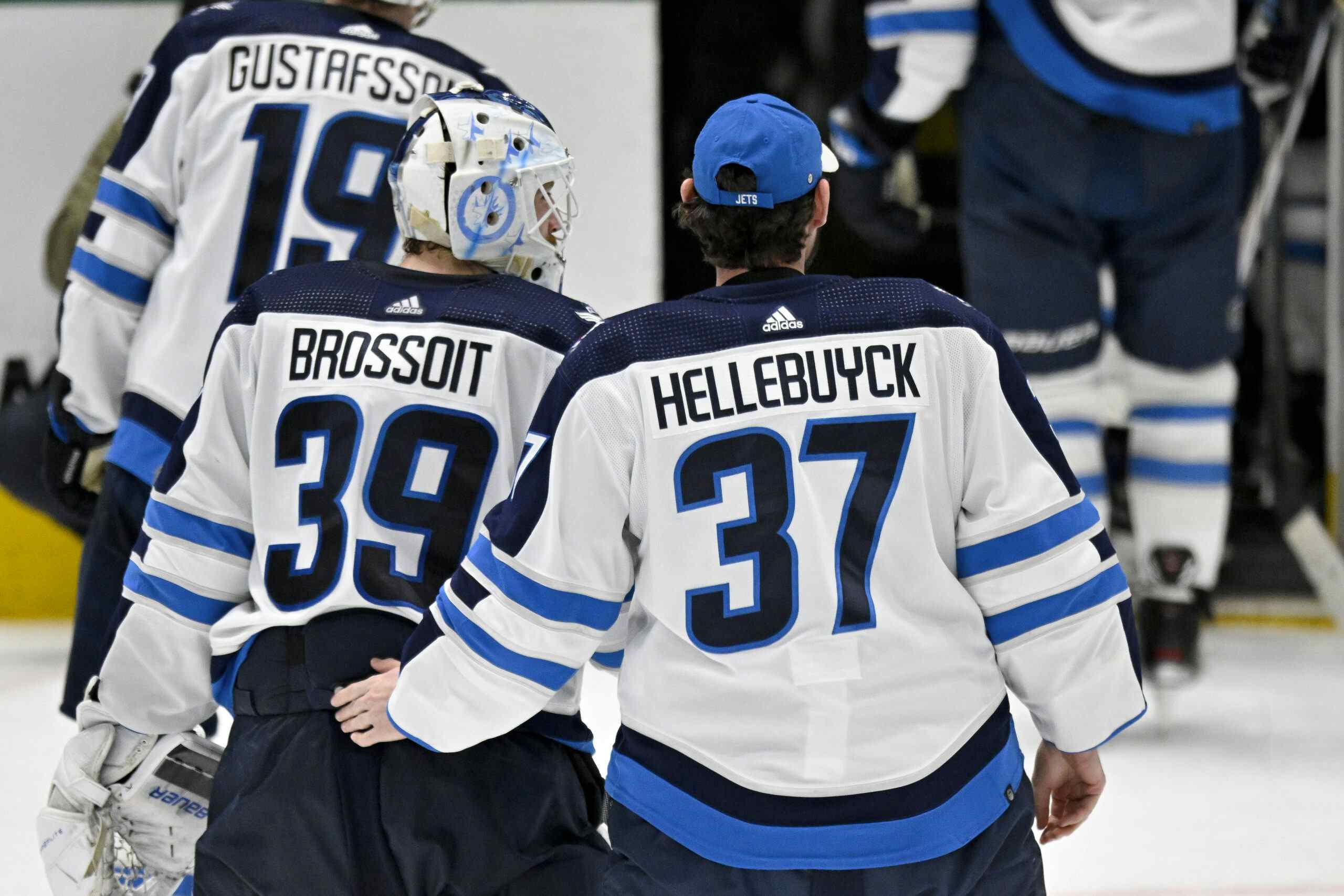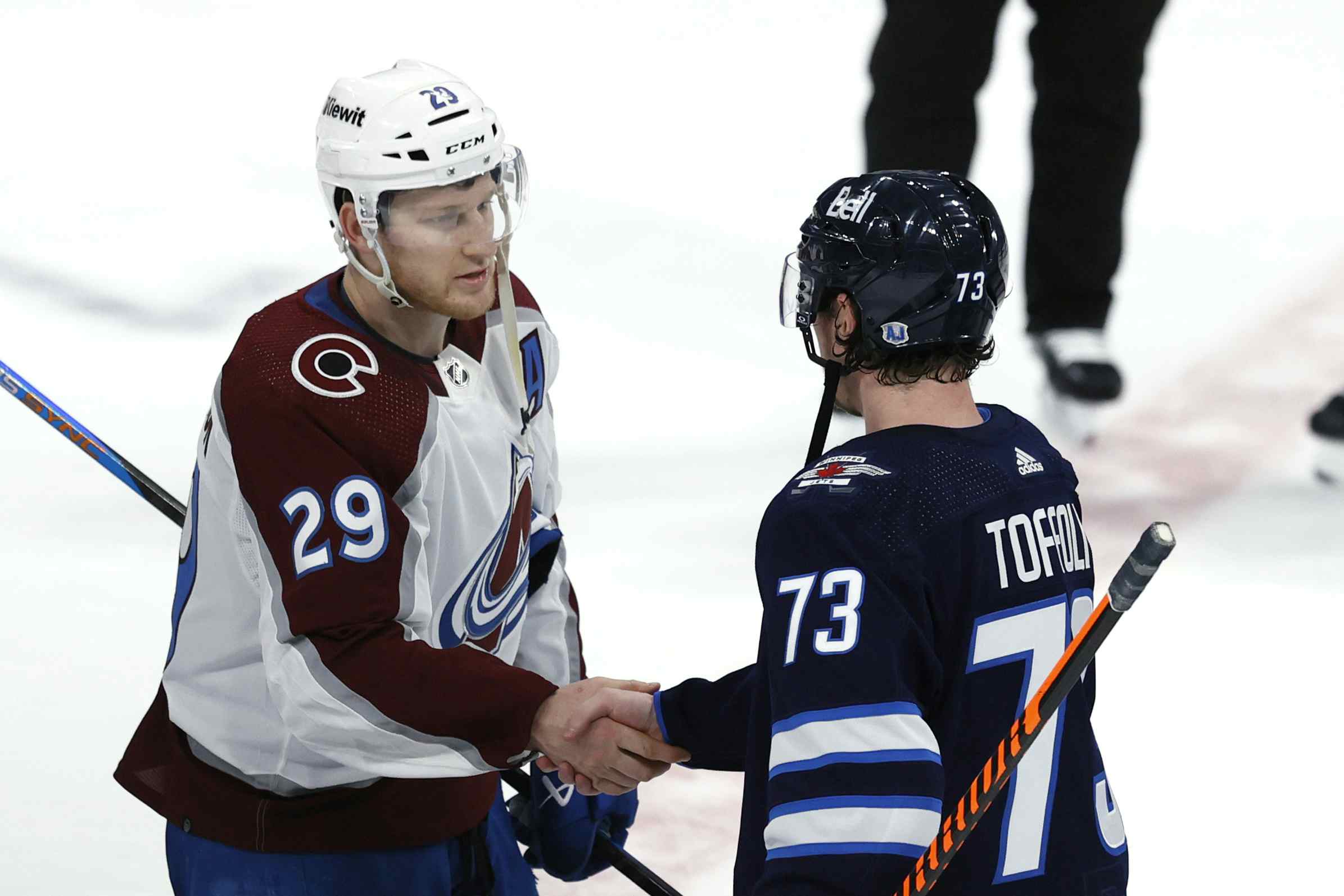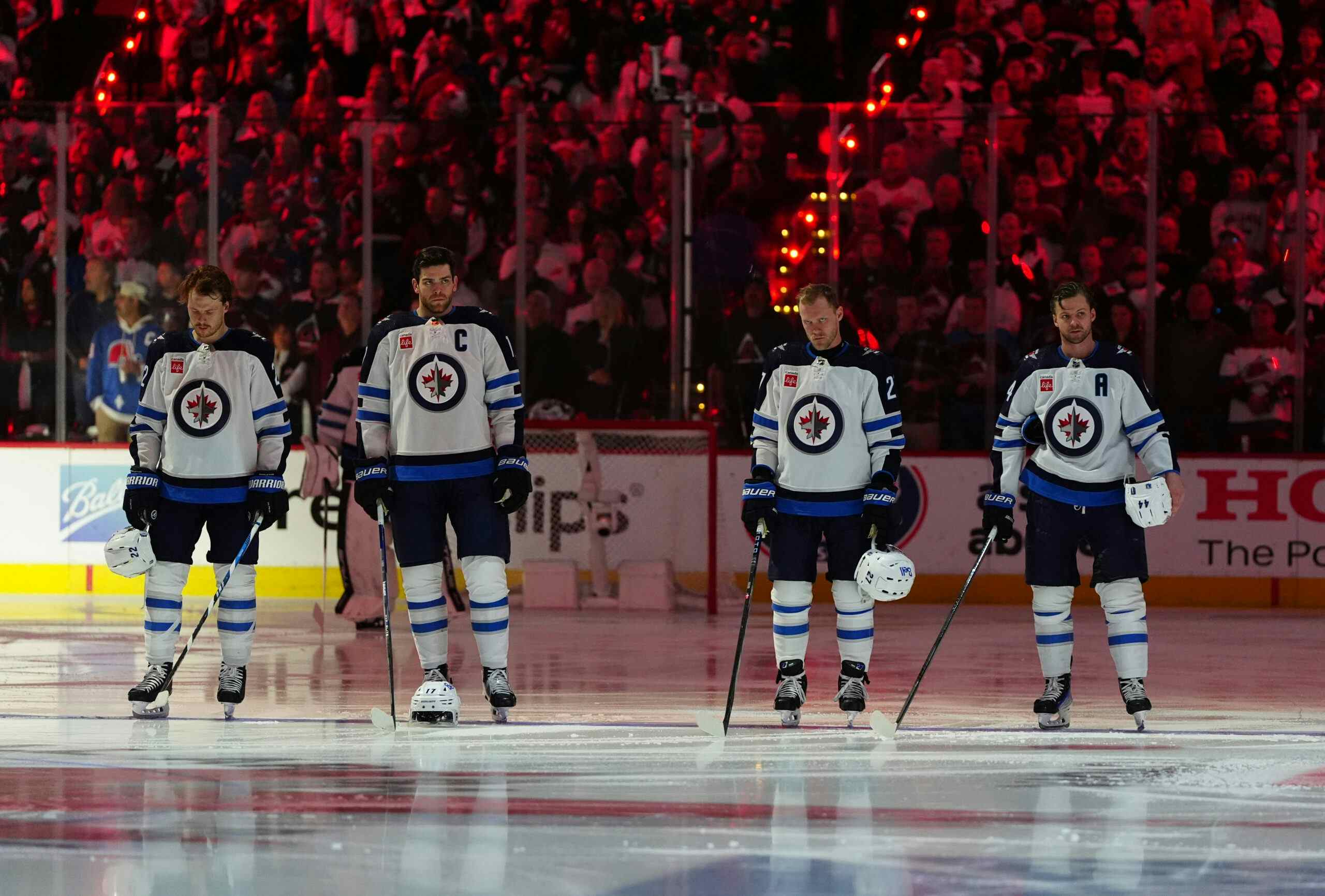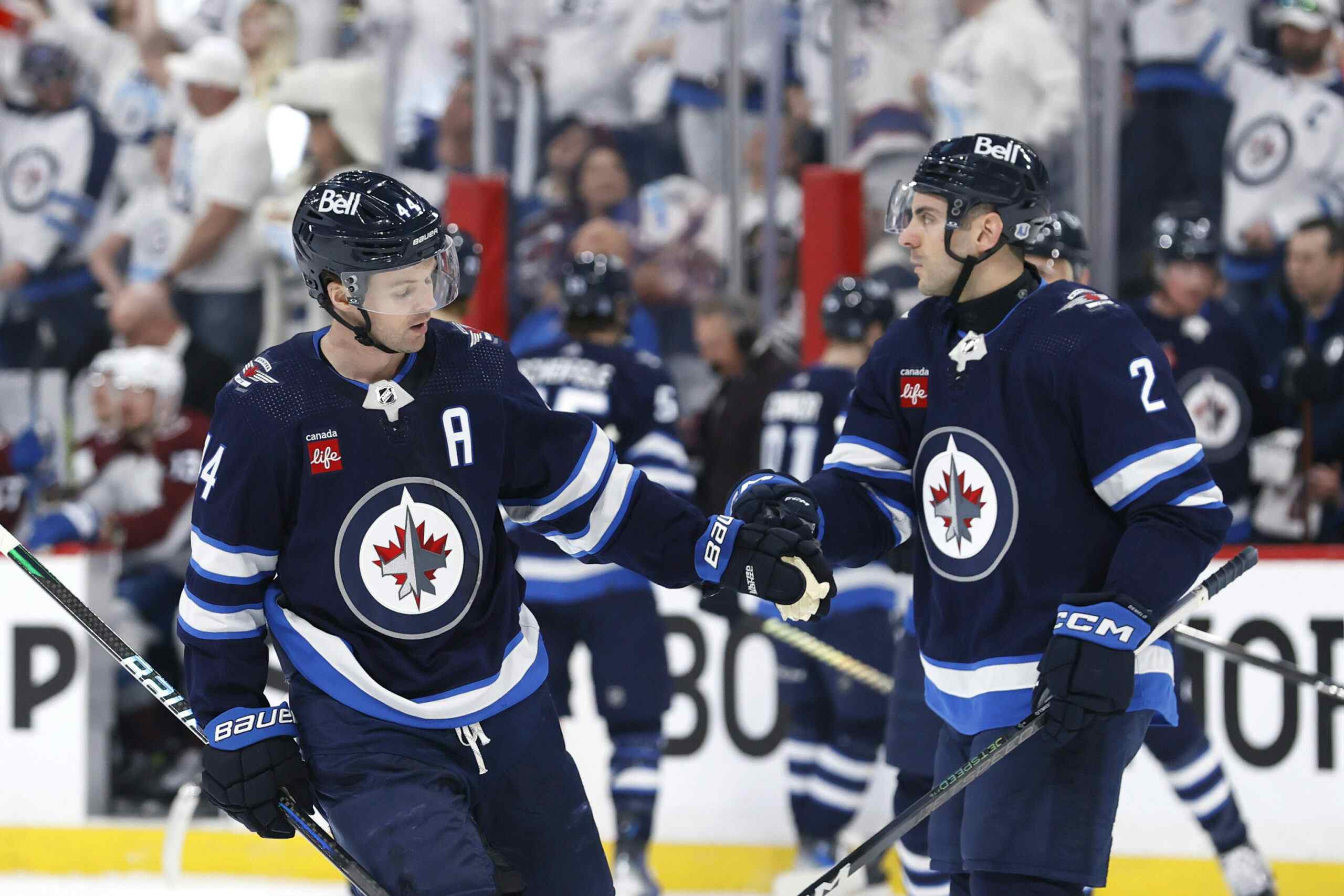Slicing and Dicing the Jets Drafts: 2014
By Garret Hohl
8 years agoThe season is over, the draft is coming soon, and Winnipeg Jets fans look to the future for a sign of hope.
The Jets have now taken part in five NHL Entry drafts, and typically speaking after five years you have a good idea of where a draft stands in accumulating talent. While players do not peak statistically until about 24-26, at 23 years of age we are fairly confident where Scheifele and Lowry likely end up as players versus Austen Brassard.
Let’s take a look at the offensive development of the Jets draftees and accumulated prospects, turning to the Jets 2014 Draft.
A few quick notes about the numbers:
The more refined PCS model has gone proprietary with the Florida Panthers purchasing the model that was developed over Canucks Army (and a bit here at Jets Nation). There is a replacement being worked upon; however, since it is not ready at this time we will use the more archaic NHLE model.
NHLEs uses regression modeling to predict how much the average player in a particular league will score in the NHL relative to their performance in their older league, using players who have moved from one league to the other. For example, the average OHL graduate will retain 33% of their point pace in the NHL. This puts players scoring from different leagues into a common currency: NHL points.
The largest issue with NHLEs is that they were designed to look at players moving directly into the NHL, not to rank prospects.
The model uses players who move directly from their league to the NHL, but the typical player who makes the NHL the next year is different depending on the league. The standard player graduating from the OHL to the NHL is a young prospect, while European leagues tend to be older developed players who move into defined roles, and the AHL contains mostly depth players being called up for fourth line roles. This is why European prospects tend to have extremely low NHLEs.
The NHLE model is also age agnostic. We expect a player to score more the next season through development, but NHLEs does not adjust for age differences when you compare players of a different age. An older player with a higher NHLE could be performing relatively worse.
Finally, offensive production is incredibly important in prospect analysis. Offensive production highly predicts NHL success and even most depth and defensive players in the NHL were relatively strong producers at lower levels. However, it is not the end all, and production can be impacted by coaching deployment as well as linemates, team, and opponent quality.
To make things fun, I looked at NHLEs in three different ways. Last NHLE (lNHLE) is the player’s NHLE over their last season. Cumulative NHLE (cNHLE) is the players NHLE point pace over their entire career. Marcels NHLE (mNHLE) uses a weighted average, where most recent production is worth more than past production.
2014 NHL Entry Draft

Where are they now:
- The Jets “lucked out” with a few passing on talented players like Nikolaj Ehlers and William Nylander. The team took Ehlers and hasn’t looked back. Already the young winger is performing like a bonafide top-six winger. His scoring development curve has been similar to Mark Scheifele, while his shot metric numbers have been even better.
- Brendan Lemieux arrived to the team through the Evander Kane and Zach Bogosian trade. Lemieux’s scoring has developed similarly to Scott Kosmachuk, but the son-of-Claude carries some traits that may make him more transferable to the NHL game.
- The Jets’ first defensive pick that year, Jack Glover, had a rough rookie season in the USHL, and found his NHLE scoring fall in half. He did double that down year in his sophomore season but still lags behind where the Jets would hope his development to stand.
- Chase De Leo being a late birthday found himself drafted a year later than most his age. This also meant he moved into the AHL two seasons after his draft year, and was able to have quite the successful season as well: sitting 2nd in points and 6th in points per game for the team.
- When the Jets’ drafted Nelson Nogier, there were some eyebrows raised. Nogier has struggled to put up points in the WHL, but some information leaked that Nogier had very strong shot metrics. The team has since hoped that Nogier would develop an offensive game, as it is predictive of future success for defenders, but it has yet to appear.
- The Jets’ first overage draft pick for the 2014 draft was the multidimensional CJ Franklin. Franklin didn’t have much size but scored well in the USHL as a late bloomer. Franklin transitioned well into the NCAA. While his sophomore season saw a slump in scoring, his primary assists and goals actually went up.
- The team selected their first Russian with Pavel Kraskovsky. NHLEs struggle with prospects in professional European leagues as those prospects are not playing the same role in those levels as they do in junior or college. Kraskovsky has been garnering more responsibilities and deployment as he develops. He is currently signed until the 2017-2018 season for the KHL.
- The Jets went with “all size, no scoring” with the 6’6 Matt Ustaski. The big forward though has struggled to play meaningful minutes for his team in the NCAA, rotating between the fourth line and the pressbox.
More Draft Breakdowns:
Recent articles from Garret Hohl





